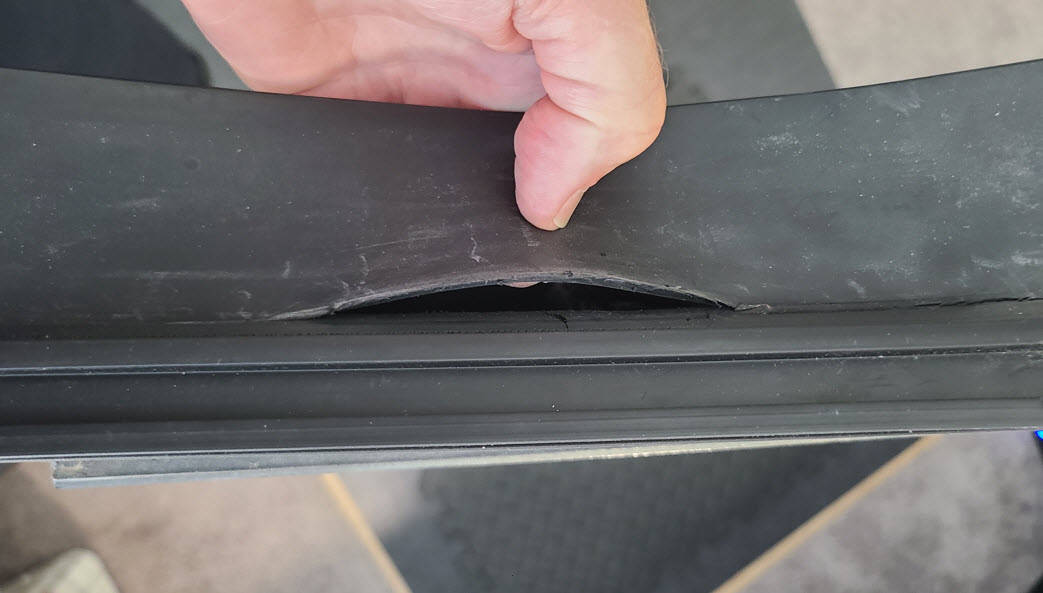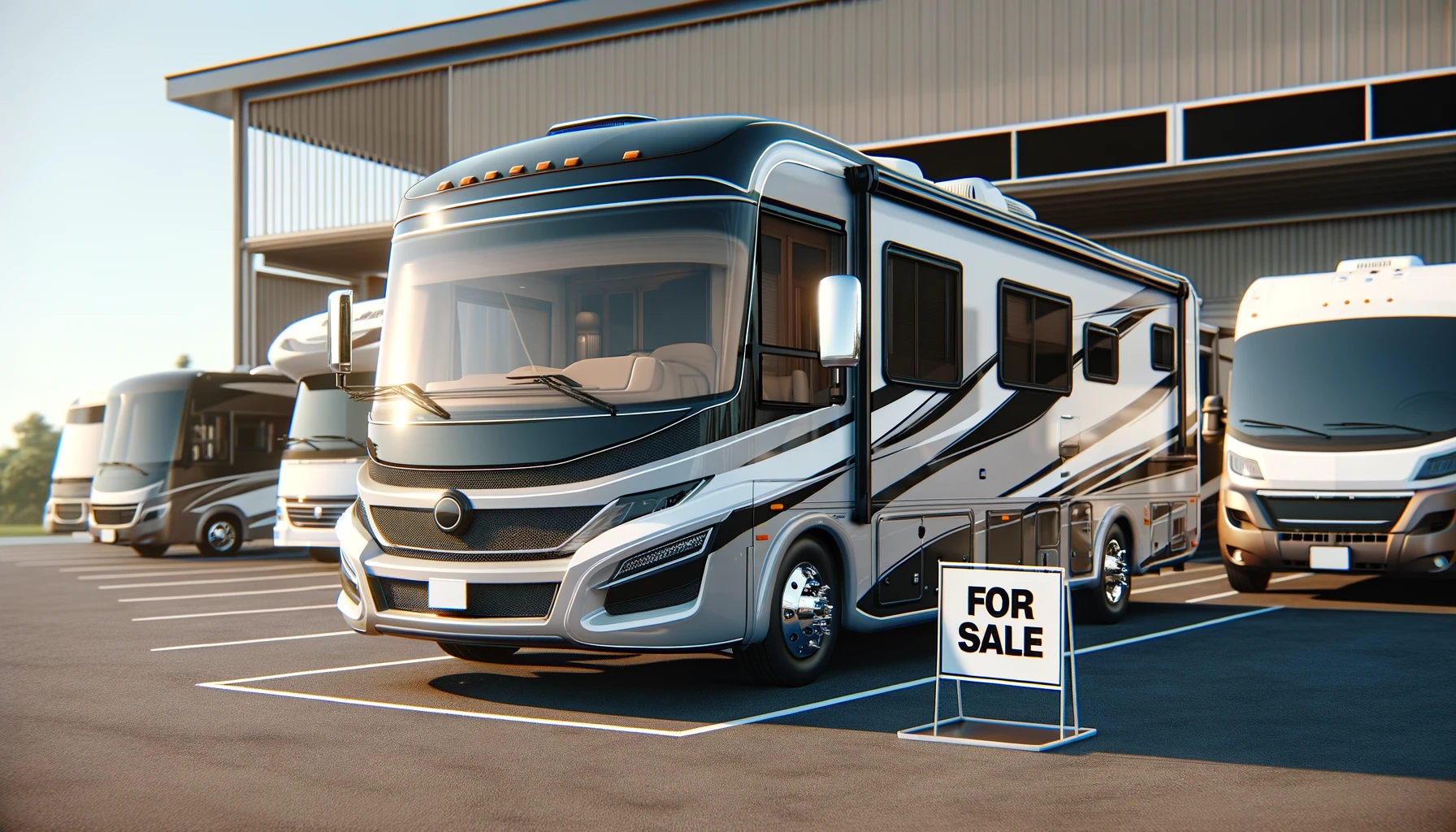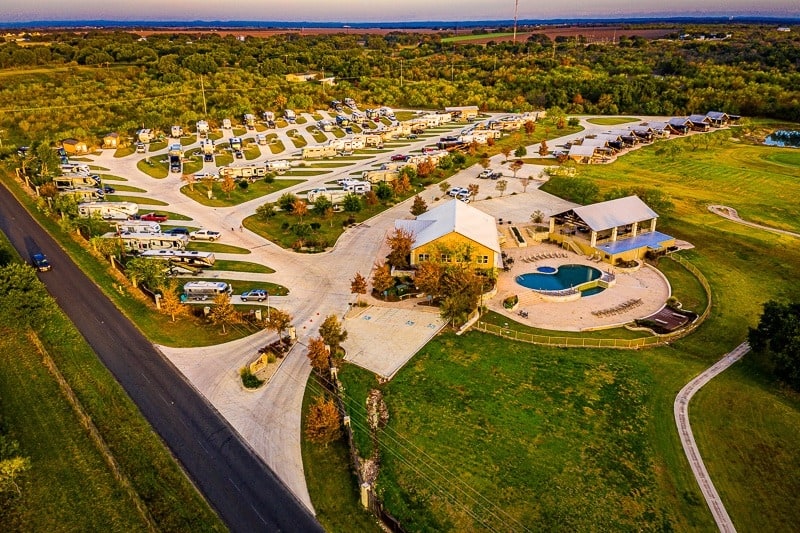If you are new to the RV lifestyle, you have joined a fast-growing group. The recreation industry Association suggests that almost 8 million households in America have an RV, travel trailer, or motorhome. In the United States, there are about 30 million RVing enthusiasts.
RVing is one of the best, most affordable, and exciting ways to explore the country and presents an exciting way to have quality time with the family and enjoy the beautiful scenery of different regions.
How would do feel touring the Grand Canyon? The US Department of Interior National Park Services has established that the Grand Canyon National Park has continued to amaze many due to its large size. It has 277 miles, 18 miles in width and a mile deep.
According to research, a family of four can save up to 74% when they travel using an RV instead of the conventional mode of transportation.
There is every opportunity for your family to be entertained through adventure and fantasy due to the presence of more than 16,000 public and privately owned campgrounds all over the country.
Although everyone would love to enjoy a well-planned RV activity, not all enjoy it because of the challenges that arise in the planning process. In this article, we will simplify the task for you and give you a guide on How To Plan an RV Trip.
RV trips are entertaining due to the adventure and spontaneity involved in the entire exercise. The freedom offered by the road enthuses people who love RVing.
They are free to go wherever they want at any time. If it is your first time RVing, you need to have a good plan before you set out for the journey.
If you know your destination precisely, research the route that will give you and the family opportune moments to explore beautiful sights.
You should also go through the travel guides and research on the internet to find out the best campgrounds and the attractions you might encounter on your way.
As you start your trip, ensure you carry the right road maps and a GPS. If you come across a sporting event or a museum on the way, you can still make a stop and have a fun and memorable time with your family.
Think about the kids and pets
If you are RVing with kids and pets, there are some things you must keep in mind. You should allocate enough time for outdoor activities during the day. Regardless of the size of your RV, even the most spacious ones can be confining and suffocating for kids and pets.
To keep your kids from getting bored or restless in the RV, carry items that can make them busy such as toys, games, and DVDs. If you know the campground you will spend your time on, call in advance to confirm if they allow pets.
I wrote three additional articles that go into more detail about RVing with children, RVing with a baby, and RVing with dogs.
Setting up at the campground
- Determine your appropriate camping spot and ensure the distance between the hookups and the trailer is enough for the electrical plug and hoses to reach. The tires should be chocked to prevent the trailer from rolling as you set it up.
- Unhitch the trailer. There are small differences in the unhitching methods depending on the type of hitch. Undo the sway bars, the electrical connection to the tow vehicle, and safety chains and keep them out of the way. Typically, you are supposed to unlock the hitch and raise the tongue jack until the ball releases.
- In this step, you should level the trailer. To achieve this, lower the hitch until the trailer levels from front to back. You can confirm if it is level by using a carpenter’s level.
- Mount the corner jacks. Mechanical jacks often snap from their travel position. Ensure you check for level and adjust the jacks using the rod provided by the dealer.
- Hook up the trailer. Turn off the circuit breaker on the shore power, hook up the box and connect the electrical power cable to the box. After that, switch the circuit breaker on and attach a water pressure regulator to the hookup box water outlet. Then, connect the white water hose to the regulator. The water hose should also be inserted into the sewer opening.
- From inside the RV, confirm whether all the connections are working as they should. Fill the water tanks and start any pilot lights. If the refrigerator has been using the battery of the towing vehicle, switch it to AC power.
- Open the valve found at the back of the water tanks and empty them if necessary. The valve should be closed immediately after emptying the tanks.
- If your RV has slides, deploy them while ensuring they do not hit the surrounding trees, hookup post, picnic table, or any other obstacle.
- Set up the awning, satellite dish, and any other item you might use.
Prepare a first-aid kit
When planning for an RV trip, safety should be a priority. Before you leave the house, ensure that the first aid kit is fully stocked with the right items and kept inside the RV’s storage compartment. The following items should be in your first-aid kit.
- A pair of scissors
- Bandages
- Insect repellent
- An emergency supply of doctor-approved medications
- Ointment
Apart from the first aid requirements, it is also advisable to have the following items as you go on the trip
- Paper and pens
- A cell phone and a charger
- Flashlight and additional batteries
- A disposable camera
As you plan for the RV trip, always be prepared for the unexpected.
Ask RV experts
This guide has covered the most important tips for planning, especially for RVing first-timers. However, if you still have doubts, you should consider finding out more from experienced RVers for assistance.
Any additional information from experienced RVers can help you deal with unforeseen adversities.



